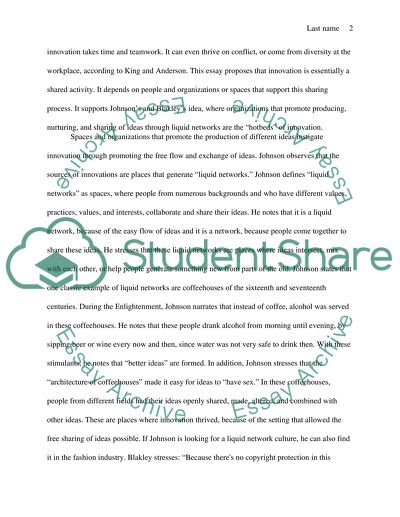Cite this document
(“Sharing and Nurturing Ideas through Liquid Networks Essay”, n.d.)
Retrieved from https://studentshare.org/english/1447101-sharing-ideas-or-protect-creators
Retrieved from https://studentshare.org/english/1447101-sharing-ideas-or-protect-creators
(Sharing and Nurturing Ideas through Liquid Networks Essay)
https://studentshare.org/english/1447101-sharing-ideas-or-protect-creators.
https://studentshare.org/english/1447101-sharing-ideas-or-protect-creators.
“Sharing and Nurturing Ideas through Liquid Networks Essay”, n.d. https://studentshare.org/english/1447101-sharing-ideas-or-protect-creators.


